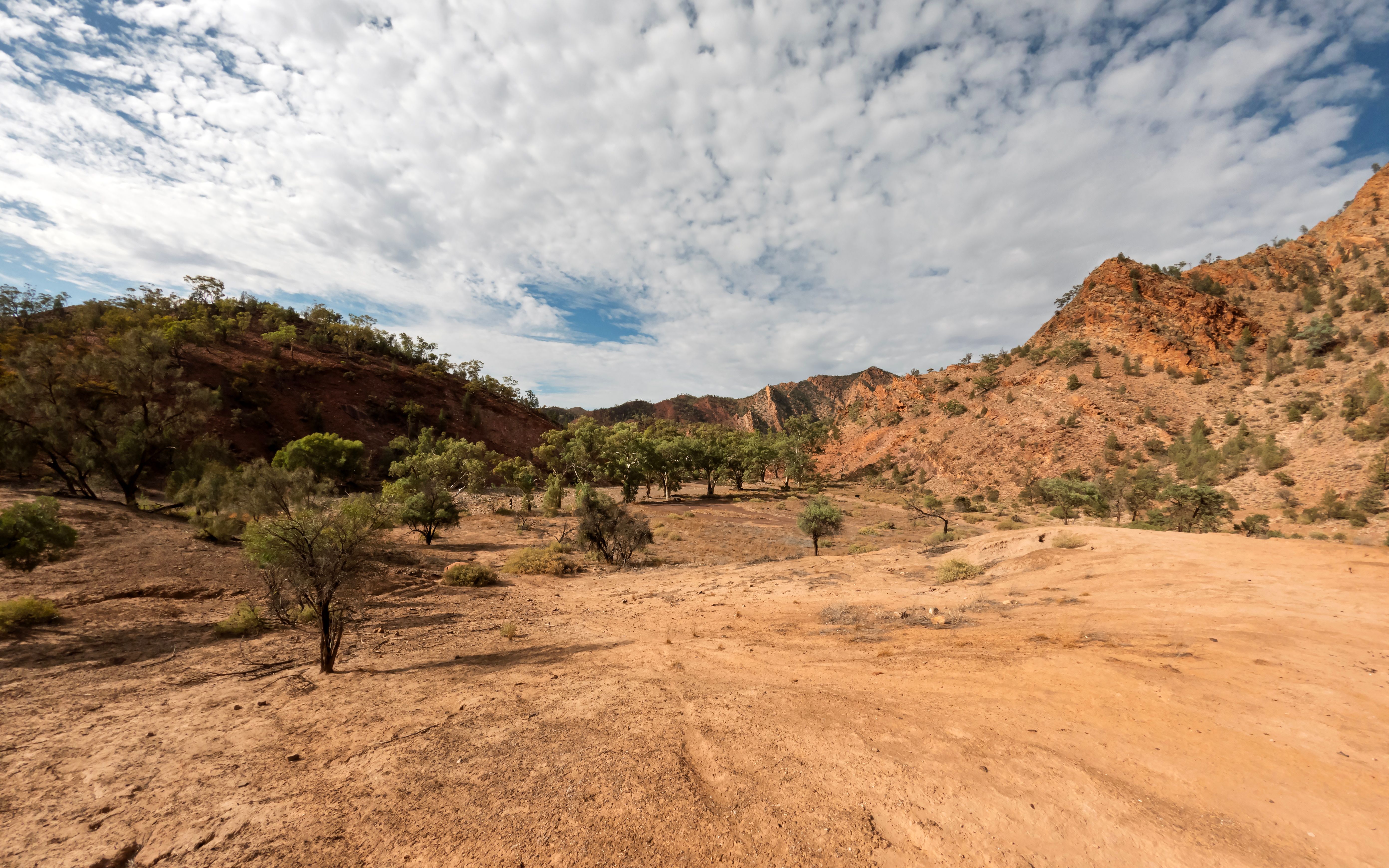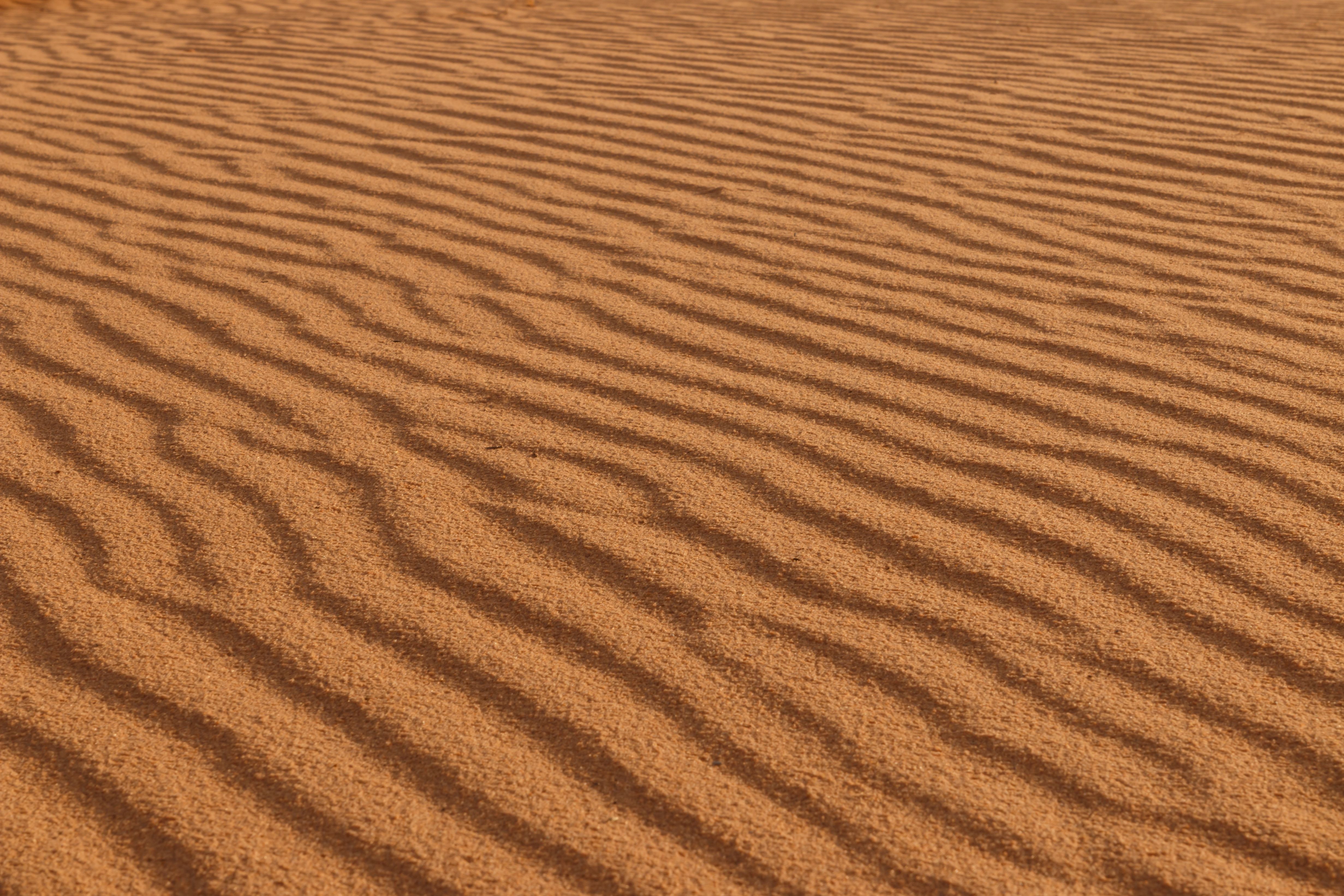Guide to Using Drill Magnets in Various tehran
RR
Understanding Drill Magnets
Drill magnets are essential tools for professionals working across various industries, particularly in construction, mining, and geotechnical fields. These powerful devices are designed to attach to drilling rigs and are used to collect metallic debris during drilling operations. The use of drill magnets ensures cleaner work environments and enhanced efficiency.
While the basic function of drill magnets is straightforward, their application can vary significantly depending on the terrain. In this guide, we'll explore how to effectively use drill magnets in different terrains to optimize your drilling operations.

Using Drill Magnets in Rocky Terrains
Rocky terrains pose unique challenges for drilling operations due to the hardness and density of the rock. In such environments, drill magnets can be particularly beneficial in preventing metallic debris from contaminating the site. To maximize effectiveness, ensure that the drill magnet is strategically positioned to capture loose metal shavings and fragments as they are produced.
It's crucial to select a drill magnet with a strong magnetic field when working in rocky terrains. This ensures that even small metallic particles are captured, minimizing the risk of them being embedded in the rock or causing damage to drilling equipment.
Tips for Success
- Regularly check the condition of the drill magnet to ensure it is functioning optimally.
- Consider using multiple magnets if the terrain is particularly challenging.
- Ensure that the magnet is compatible with your specific drilling rig.

Drill Magnets in Sandy and Desert Areas
Sandy and desert terrains present a different set of challenges. The loose nature of the sand can cause metallic debris to quickly become buried or dispersed. In these conditions, drill magnets play a crucial role in collecting debris before it becomes irretrievable.
Opt for a drill magnet that is lightweight yet powerful enough to function effectively in sandy conditions. It's also important to maintain regular cleaning schedules for your magnets, as sand can accumulate on the magnet surface and reduce its effectiveness over time.
Maintenance Tips
- Clean the magnet surface frequently to prevent sand buildup.
- Inspect for wear and tear regularly, as abrasive sand can degrade the magnet over time.
- Store magnets in a protective case when not in use to prolong their lifespan.

Drill Magnets in Forested and Vegetative Areas
Forested and vegetative areas offer unique challenges due to the presence of organic material. Metallic debris can easily become entangled with roots or hidden under foliage. Drill magnets can help mitigate these issues by efficiently gathering metal particles before they become obscured by plant matter.
In these terrains, it's beneficial to use a drill magnet that has been specifically designed for outdoor environments. These magnets often come with coatings that protect against weather conditions and organic acids present in soil and vegetation.
Operational Best Practices
- Utilize a magnet with a protective coating to prevent corrosion from moisture and organic matter.
- Regularly clear organic debris from the magnet to maintain its strength.
- Position the magnet where it can best intercept debris before it reaches the ground.
By selecting the right type of drill magnet and following these best practices, professionals can enhance their drilling operations across various terrains. Whether in rocky, sandy, or vegetative environments, drill magnets are indispensable tools that ensure cleaner sites and more efficient processes.